|
|
We’ve had the pleasure of talking with two amazing young guys from the Republic of Moldova, Sergiu and Andrei, the creators of Blocksy and the founders of CreativeThemes.
Blocksy started as a free theme and was recently supplemented with a paid plugin. The co-founders shared their journey: how their product came to life and their path to creating a successful digital product business.
Blocksy at a glance:
Founders: Sergiu Radu and Andrei Glingeanu
Founded in: 2019
About the product: Light, free WordPress theme built to work with Gutenberg, Elementor, and other page builders; no coding skills required.
Active installations: 200,000+
It’s great to connect with you guys! Your success has been amazing, but before we get to that, can you give us a bit of your background?
 Sergiu: Mainly, I’m a designer. I went to Art school, and a friend of mine introduced me to Photoshop and Web development, so I invested some time and developed these skills.
Sergiu: Mainly, I’m a designer. I went to Art school, and a friend of mine introduced me to Photoshop and Web development, so I invested some time and developed these skills.
I love to code and develop new things, but design is my thing. I discovered WordPress through Pavel from WPZOOM and built my first WP Website through trial and error .
You can get a glimpse of where I work every day:

After making a few websites, I realized that’s what I wanted to do and by chance met Andrei.
 Andrei: At the time, I was still in high school. After I met Sergiu, we started working together on some smaller projects, and it went really well. During my university, four or five years ago, we decided to build something together.
Andrei: At the time, I was still in high school. After I met Sergiu, we started working together on some smaller projects, and it went really well. During my university, four or five years ago, we decided to build something together.
My workspace has gotten better over the years 😉
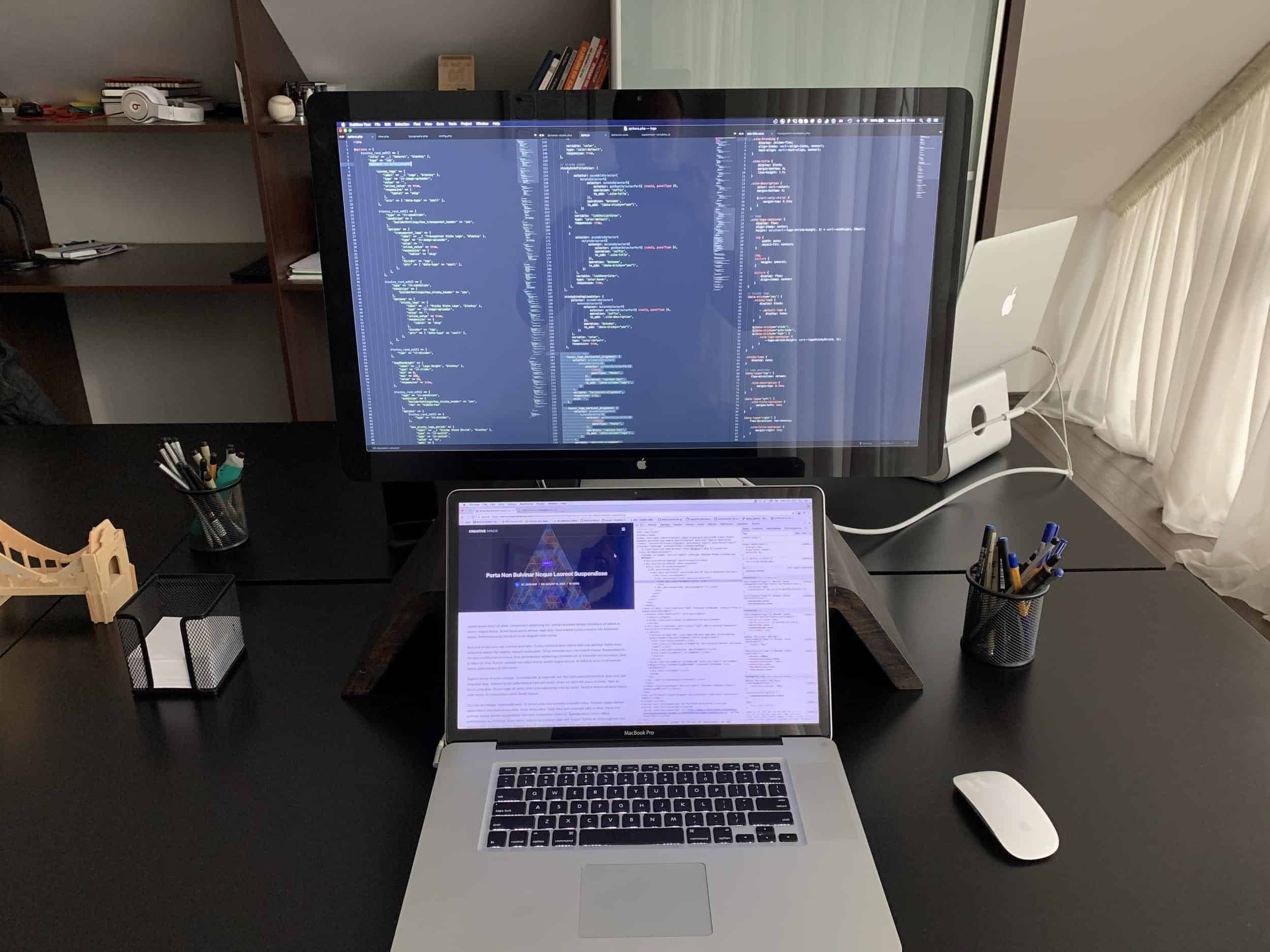
Our first project was a WordPress theme.We have invested two years in it, but eventually realized it wasn’t going to take off.We gave up on it, with the idea to start something fresh. Gutenberg was starting at the time and that’s how Blocksy came to be.
We have worked on the free version making it stable and polished. It was hard, but worth it. That way, we proved that we were capable of making something work, something that people actually enjoyed using.
We did this by creating a new project, a new theme, and our own framework that fits our needs. We have investigated many themes and invested in brainstorming ideas, such as how to make the theme user-friendly or how to create a good user experience. We wanted to make the theme so simple that users wouldn’t need to read any documentation because everything just worked!

For every new functionality, we would spend a lot of time ideating and prototyping. For instance, we spent two months thinking, drawing, and sketching the transparent header and sticky functionality. It only took a week to develop it, but the ideation was the hard part.
With Blocksy, we wanted to make it work with both beginner and advanced users, offer a lot of features, but still keep it clean and lightweight. One example is that files are lazy-loaded only when needed upon activating a certain feature.
Perhaps we are too perfectionist; it has both a good side and a bad one. The bad one is that it’s very difficult, but at the same time, you’re giving your users a very polished product. In the end, that’s what’s most important.
Was there an early moment when you knew you were on the right track?
We had a meeting with a local development company that was creating websites for clients. When we showed them how the user interface works, they were amazed at how quickly they could build sites for their clients. That’s when we understood we were going in the right direction.
How did you first hear about Freemius?
When we just started to create the free version of Blocksy, we were thinking about how we were going to sell our Pro version. We initially started on wp.org, but pulled it down and delivered the updates for the free version using EDD.
We did that for a year or so. As a two-person team, we discovered it was very hard to manage all these things by ourselves. We needed a simpler solution.
We considered WooCommerce, Fastspring, and Paywith, debating a lot of possibilities. We discussed the extra money you have to pay to set up an affiliate program and other options with our friend Alex from Brizy.
You have to have a good system that works in every aspect, not only to sell and get money from the user, but you have to take care of things like EU VAT, while at the same time making sure the product actually works and gets updated.
Subscribe and grab a free copy of our WordPress Plugin Business Book
Exactly how to create a prosperous WordPress plugin business in the subscription economy.

We found Freemius and started to read and learn more about it. Though we had seen some initial user concerns about privacy, that didn’t stop us. We realized that Freemius is actually the only platform being transparent about what data it collects. Other platforms—EDD, WooCommerce, and Elementor—are tracking everything, but not saying it. Their users are not complaining because they are not aware of it.
Freemius is openly saying what they’re tracking, and because of that, they get exposed to criticism.
When releasing the Pro version, we decided to go with Freemius for monetization. We had already been running Freemius to get the analytics on our free version for about nine months, so we were familiar with the system.
How long did it take you to integrate Freemius and make it all work?
It was very fast, not more than two days. For all issues, there was available documentation. For instance, to automatically deactivate the free version when the Pro is activated. I didn’t know how to implement it, but very quickly found the documentation, and it took me an hour to set it up.
How was your experience with the Freemius team?
We did bother the technical team a bit 😂 but they were very friendly and sent us detailed responses — we are very thankful for that. We also had some conversations within the Freemius developers’ community. We are helping each other there by sharing experiences – and we’d especially like to thank Benjamin from Stackable.
At this point, I think we like everything. With Vova and the support team’s help, everything went very smoothly.
Is Blocksy your full-time project?
In the past, we had some additional projects to sustain ourselves and support development, but 80% was Blocksy. Now, it’s a full-time job for us.
What’s your approach to building new features?
We follow an MVP approach. We build a simple version first, like with our popup feature — initially just basic functionality without expiration dates or recurrence. Then we watch how people use it, collect feedback, and iterate based on real usage and problems users encounter.
We have a detailed backlog of feature requests, but before implementing them, they need to pass a certain threshold of requests. If it’s something that’s heavily requested and aligns with our product vision, we’ll implement it. We don’t just say ‘no’ – we usually explain alternative ways to achieve what users want using existing features.
And how do you know your product appeals to experienced developers?
We can tell from the type of feedback and feature requests we receive. When developers explain certain features or make specific requests, we can see they’ve taken time to think deeply about the functionality, which helps validate our direction.
How big is your team?
Besides the two of us, we hired another developer, but over time we’re planning to expand and build more cool things.
And how do you balance development, support, marketing?
We enjoy development the most – coding, designing, implementing features. Marketing is not our strong side. So far, we have done everything ourselves – marketing, social channels.
But the truth is, until 2023, we barely did any promotion. Now we focus on creating quality YouTube videos showcasing product solutions, writing informative documentation and blog content, and getting featured in other blogs. Most of our growth has been through word of mouth.
Our goal is to expand the team in marketing and support, so we can concentrate on development – what we actually enjoy doing.
You launched the Pro version just before Black Friday and had amazing sales results in your first month. What did you do to prepare for the launch, and how did you promote Blocksy?
We have a closed Slack group with a few developers, where we discuss what features they need for their agencies, and within the first minutes upon launch, they went ahead and bought the Pro version. We also shared this version with our Facebook community and sent a newsletter to our contacts, but no special promotion or campaign otherwise.
We have a closed Slack group with a few developers, where we discuss what features they need for their agencies, and within the first minutes upon launch, they went ahead and bought the Pro version.
The thing that helped the most was probably building the free version and making it stable during this long period. Some people were already using Blocksy and wanted the features we were building. They were waiting for some of the functionality for a while and pushing us, “When is the Pro version coming”? 🙂
That’s a nice way for your users to say, “thank you for an amazing free theme”! Can you share with us what’s in the kitchen and what do you have planned?
Next, we want to focus on making Blocksy even more stable and integrate it with additional plugins, like Lifter LMS. We also have a lot of other features planned. We’re planning on bringing more starter sites, both free and Pro, and more WooCommerce functionality.
Once we reach the stability point, we’ll be working on a second product. Again, we’ll start slowly, making it free at first so that people actually use it and enjoy it. Maybe one day, there will be a point when we monetize it, too. With Freemius, of course! 🙂
What are your favorite Freemius features?
We love the Beta program! There are many other great features – like automatic deployment, a really cool one is the cart recovery, coupons, and also the affiliate platform. We even customized the User Dashboard to match our website really nicely.
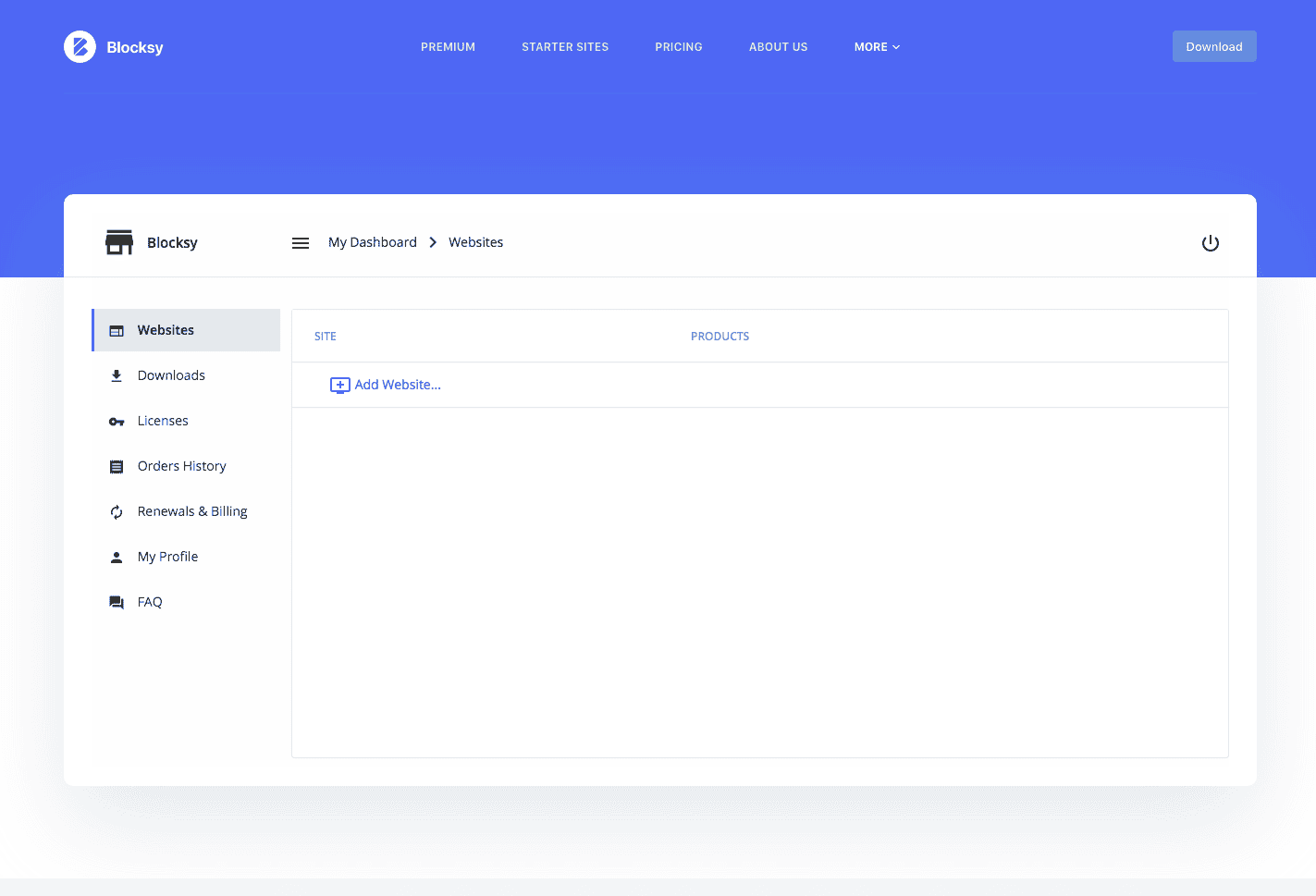
Looking back, is there anything you would have done differently about building this business?
We would have focused on e-commerce much earlier. It’s a significant space that we realized through user feedback and support requests, but we could have prioritized it sooner.
What would be the takeaway from your journey so far – do you have any advice for fellow developers or people considering to start a plugin/theme business?
You know, we had a really hard time, so I think the best advice would be to believe in yourself and keep going no matter what.
Believe in your dream and your idea. It will make you get up in the morning, and give you the motivation. There are tough moments, but not giving up is the right way. We had a lot of hard times, but every time we met a challenge, we told ourselves “Everything will be fine, everything will be good, we will make it!”
And this is the most important thing – don’t give up; believe in yourself.
That’s beautiful! Thank you for sharing this and for sharing your story!
Want to read more inspiring stories about WordPress plugins and theme shop founders?

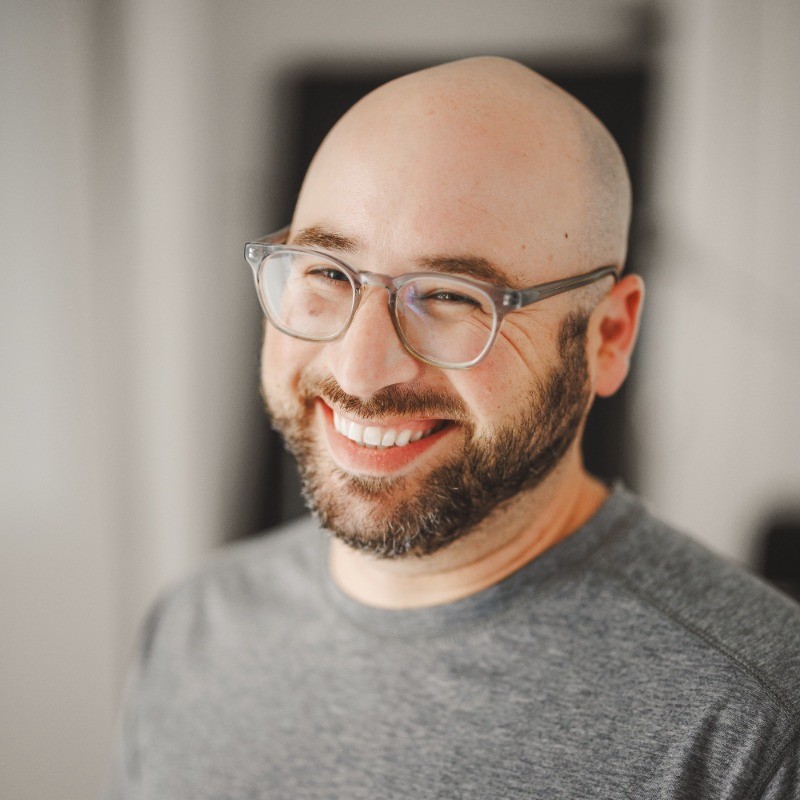


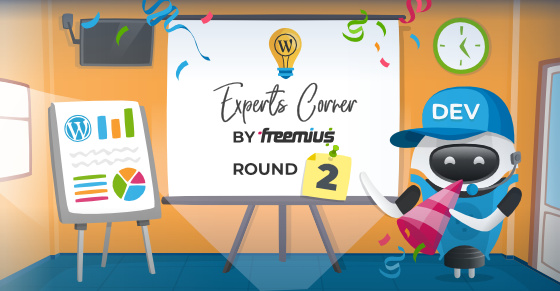


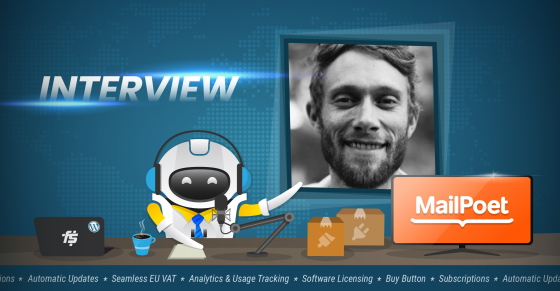
I am extremely excited to read about success stories from Moldova for personal reasons. Keep it up!
Very inspiring :) Your story will keep us motivated.